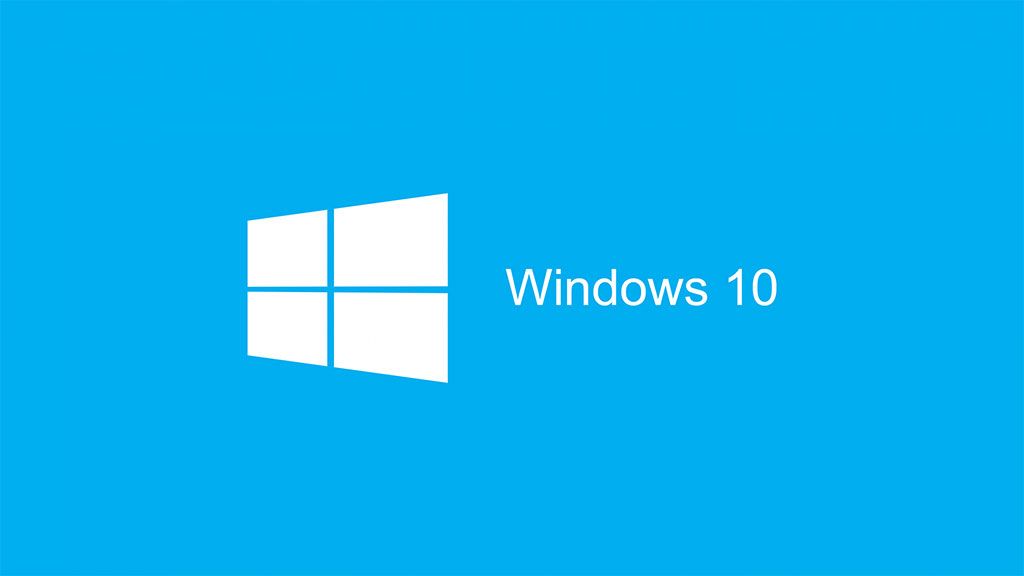Latest Windows 10 update may cause blue screen on startup
- December 22, 2022
- 0
If you still have Windows 10 installed on your computer and you have installed KB5021233, the latest update released on December 13, you may be experiencing an issue
If you still have Windows 10 installed on your computer and you have installed KB5021233, the latest update released on December 13, you may be experiencing an issue

If you still have Windows 10 installed on your computer and you have installed KB5021233, the latest update released on December 13, you may be experiencing an issue that causes your computer to boot and crash to a blue screen. If so, don’t worry (too much), you’re not alone. With this update, Microsoft has officially acknowledged the issue and added the issue to the release status dashboard along with the steps needed to resolve the issue.
According to Microsoft, the problem occurs because of versions of the named file. hidparse.sys, stored in folders windows/system32 and windows/system32/drivers It may differ on the drive where Windows is installed. This causes the signature verification to fail, which means the computer cannot boot.
Fortunately, the problem can be fixed without reinstalling the operating system or anything like that. You will need to boot into the Windows Recovery Environment (WinRE) first; this should happen automatically after your device fails to boot correctly several times. After that do the following:
While following these steps may seem a bit daunting if you’ve never done it before, it’s actually pretty painless and you won’t have to lose any data or wait too long to get your PC back up and running. Once you’ve done that, you’re all set. With all that being said, Microsoft should address this issue in a future update, but that probably won’t be until January as we’re in the middle of the holiday season and there won’t be any additional updates in the second half of December. Windows 11 doesn’t have this problem, so if you have this version you don’t have to worry.
Source: Port Altele
John Wilkes is a seasoned journalist and author at Div Bracket. He specializes in covering trending news across a wide range of topics, from politics to entertainment and everything in between.